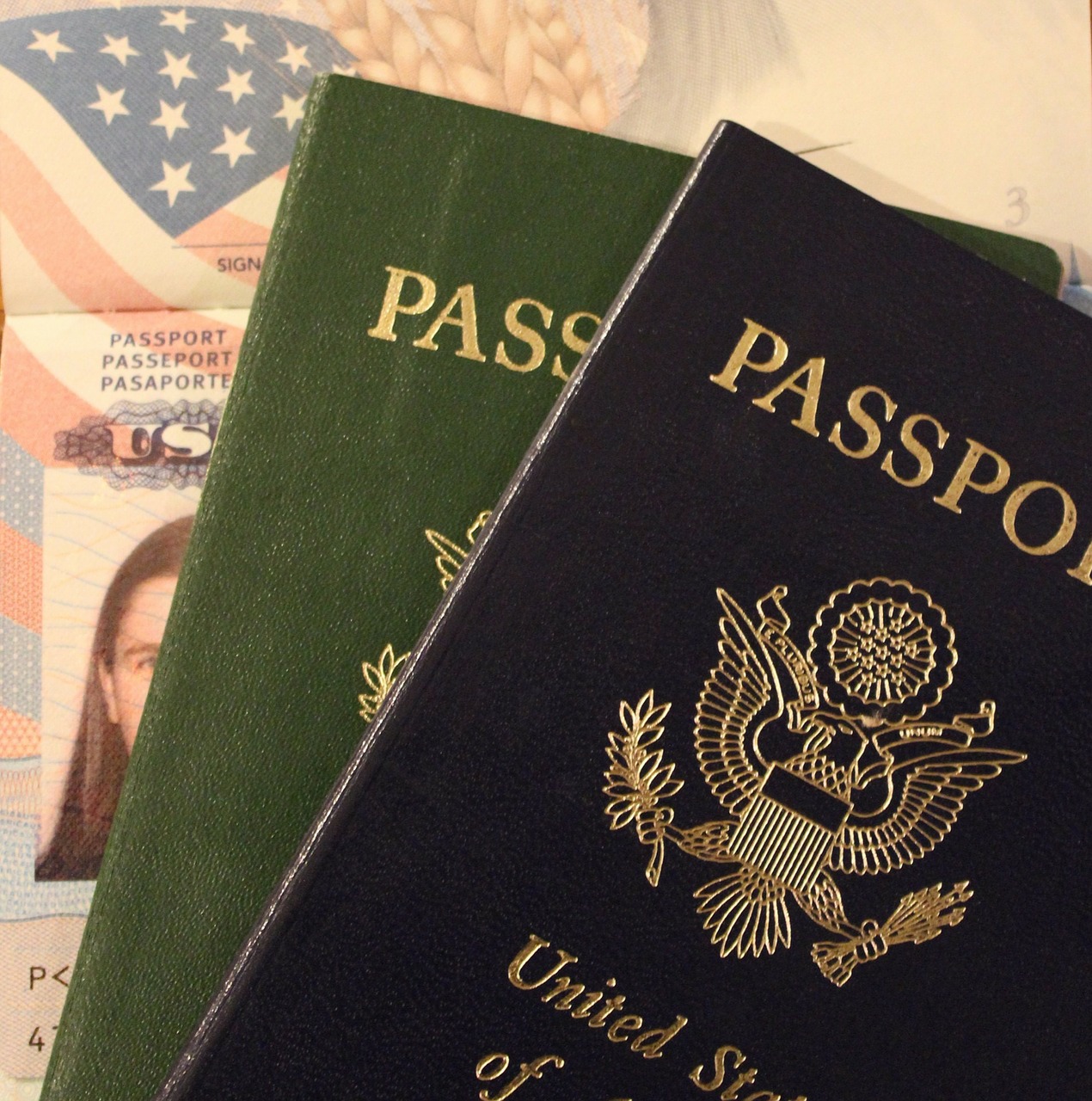A man from Ethiopia sought refuge in a refugee camp, relocated to Atlanta, then worked hard in a factory of umbrellas, then moved to Los Angeles, and eventually married a social worker woman and finally landed a job in the immigration office. That is just one of the many touching immigration stories.
An immigrant is a person who aims to reside permanently and take up a job in a foreign country—a country of which he is not a citizen. Many people who hope and aspire to live and obtain a stable job in the United States have gone through many hardships and experiences just to receive a green card. Unfortunately, some people in some lands have a hard time receiving approval to enter the U.S. even as visitors.
What is a green card? What is a visa? What does it mean to legally reside in the United States? What is the different immigration status in the United States? These are some questions which you might ask. Hence, let us identify and define the four types of immigration status in the United States and what is involved in each.
United States Citizens
United States citizenship is given to people who are born in the country. It is also given to people who have already stayed in the country for three or five years as permanent residents. This process is often called the naturalization process, provided that all requirements are completed and that no fraud was involved in obtaining citizenship.
With this citizenship comes all of the benefits the country has to offer its citizens. Obtaining a job and all health benefits can be received legally. Also, one can have the possibility of petitioning some family members such as spouse, child, parent, and sibling.
Legal Permanent Residents or Conditional Residents
Legal Permanent Residents or LPR’s are also called Green Card holders. Green card holders are those approved to reside and obtain a job legally and permanently in the U.S. They also get to receive protection by the laws given that they should not commit any serious violations of the state laws, otherwise the green card will be revoked. They should also follow the laws of the state and file for income tax returns among other responsibilities. A green card can be obtained by sponsorship from a family member or a U.S. employer. Another way is the status of being a refugee.
People who received their green card less than two years after their marriage are given Conditional Resident immigration status. The couple should both apply to remove the said conditions within the two years, otherwise, the green card will be revoked and he or she will be deported.
Non-Immigrants
People who are granted this kind of immigration status can enter the country legally but on a specified duration and conditions. Examples of which are Student’s visa, Business or Visitor’s visa, Fiancée’s visa, and individuals are given temporary protected status. Non-immigrants must abide by the conditions for them to secure the legality of their stay in the U.S. Examples of violations are overstaying or deceitful application as an immigrant.
Undocumented Immigrants
This immigration status involves those who enter, work, and stay in the United States without the government’s approval. Some people choose to enter the U.S. territory without passing through the point of entry; while others tend to overstay—even if at first they entered the U.S. legally. In other words, this is illegal. And individuals who have this immigration status are likely to be deported anytime. These people are usually feeling constant fear and anxiety since the government may discover the violation and they will face deportation.


